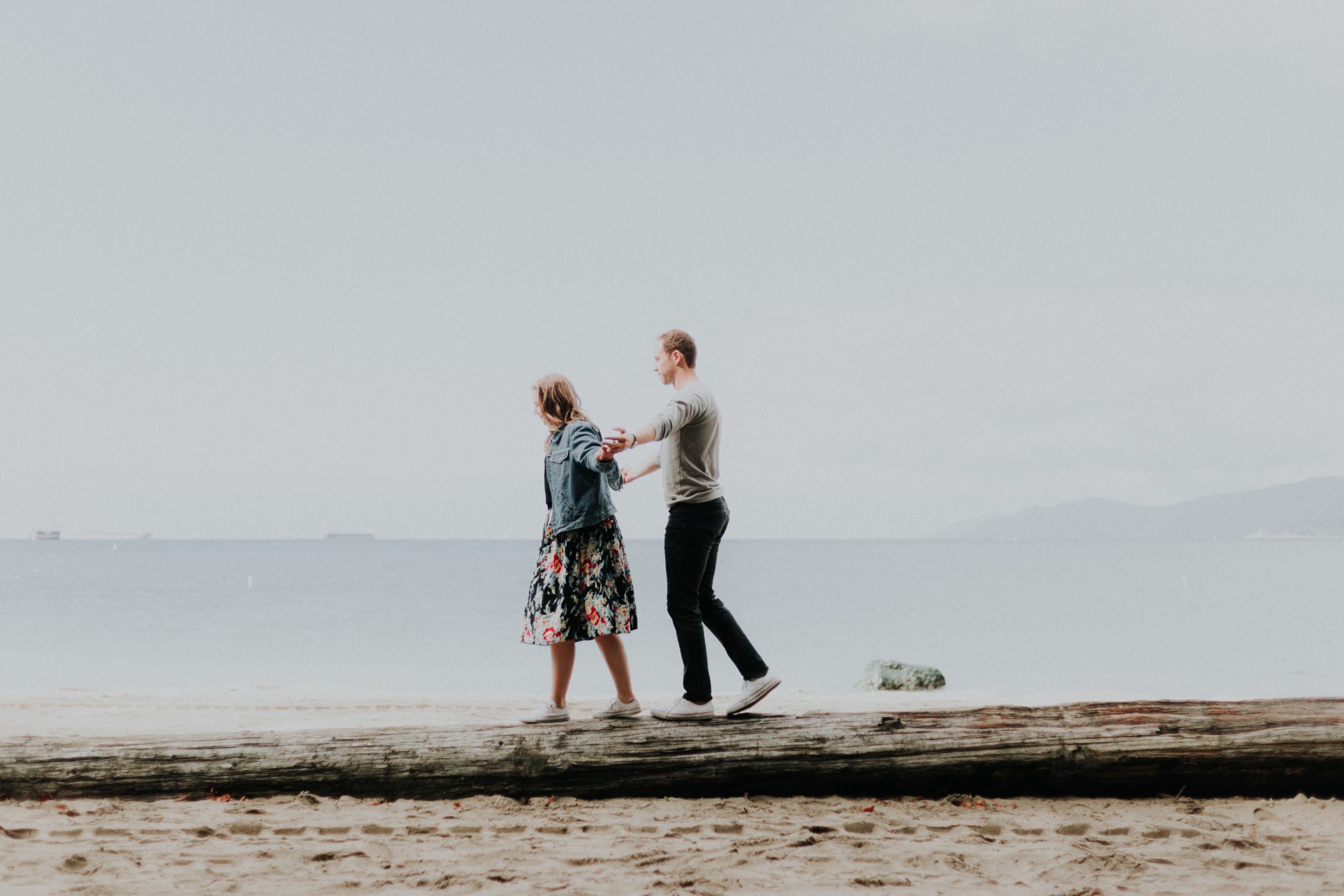Presented by HealthPRO-Heritage Rehabilitation Team
FACTS YOU SHOULD KNOW:
Falls are the leading cause of injury and injury-related death among older adults. One in 4 Americans over the age of 65 fall each year. Every 11 seconds an older adult is treated in the emergency room for a fall. Every 19 minutes an older adult dies from a fall. Women are 67% more likely than men to have a non-fatal fall and twice as likely to sustain a fracture. Men are 49% more likely to have a fatal fall than women. Falls with or without an injury carry a heavy quality of life impact. A growing number of older adults fear falling and, as a result limit their activities and social engagements. This can result in further physical decline, depression, social isolation, and feelings of helplessness.
Because of the profound physical, cognitive, and psychosocial impact falls have on older persons, we must understand the complexity of falls assessment and the role we all plan in prevention. A comprehensive falls program must be proactive in addressing the root cause of balance disturbances, as well as the overall effect on functional performance.
WHY DO OLDER ADULTS FALL?
There are multiple factors that cause falls, including intrinsic and extrinsic factors. It is up to us, as clinicians, to thoroughly evaluate and determine the root cause for balance loss. The impact of these risk factors may be included in the evaluation and medical necessity statements to demonstrate a skilled need for therapy intervention.
Intrinsic Risk Factors:
- Underlying medical conditions
- Side effects from medications
- Impaired mobility from inactivity or illness
- Fear of falling
- Strength and range-of-motion
- Coordination deficits
- Abnormal muscle tone
- Behavioral issues
- Inability to adjust attention demands while “multi-tasking”
- Decreased postural stability
- Pain
- Inappropriate use of assistive device
- Leg length difference
- Altered vision
- Vestibular problems
- History of previous falls
- Biomechanical alignment issues
- Cognitive deficits
- Gait deviations
Extrinsic Risk Factors (Environmental):
- Clutter/hazards, slippery shiny floors
- Unsecured floor rugs
- Excessive noise
- Ambient conditions (rain/snow/ice)
- Dim lighting
- Inappropriate clothing/foot ware
- Uneven sidewalks/varying curb heights
THE ROLE OF REHAB IN THE PREVENTION OF FALLS:
- To understand the impact of medical complexities and co-morbidities on balance and to offer treatment interventions and programs to meet individual client balance/fall management needs.
- When medical professionals communicate an observed, reported, or documented change; it is incumbent of therapy to conduct an evaluation based upon supportive medical documentation.
- The rehab team must address both the intrinsic and extrinsic factors affecting falls/balance to effectively mitigate falls.
- Rehab can lead a fall task force to ensure implementation of fall management programming including working toward achievement of highest level of balance function in the client’s current environment so he/she can remain at home.
- The rehab team can provide fall prevention education through health literacy
- Teach fall recovery
- Provide guidance for assistive equipment, home modification, and safety checklists.
- Provide dedicated exercise programs that address muscle strengthening, flexibility, endurance, bone density and self-confidence. Otago Exercise Program addresses these components.
- Provide education in fall prevention strategies including psychosocial aspects, addressing fear of falling through functional task participation.
- Establish programs to maximize resident’s function and safety.
- Reassessment of strength and balance with subjective and objective tests.
THERAPY GOALS:
The goal of therapy’s involvement in a falls/balance program is to ensure that older adults attain and maintain the highest level of motor control to ensure good balance and mitigate the risk of falls. Our “Defying Gravity – Falls/Balance Program” supports the residents and ancillary health professionals to identify factors that affect functional performance and strategies to reduce falls.
HealthPro-Heritage is dedicated to minimizing fall risk, educating our colleagues, customers, and families within our communities by implementing our “Defying Gravity Falls/Balance Program”. The Defying Gravity Framework utilizes standardized measures to target clinical indicators, focuses on the nuances of treating these indicators, and offers solutions for meaningful interventions to sustain health and wellness and mitigate falls.
Come join our Discovery Series presentation of “Defying Gravity Falls/Balance Program” on Thursday, March 14th at 2:00 p.m. in the Kensington Cinema which will include further discussion on fall prevention, the benefit of therapy intervention to improve daily function and overall independence, and provide balance assessment testing to evaluate individual strength, balance and potential fall risk.



